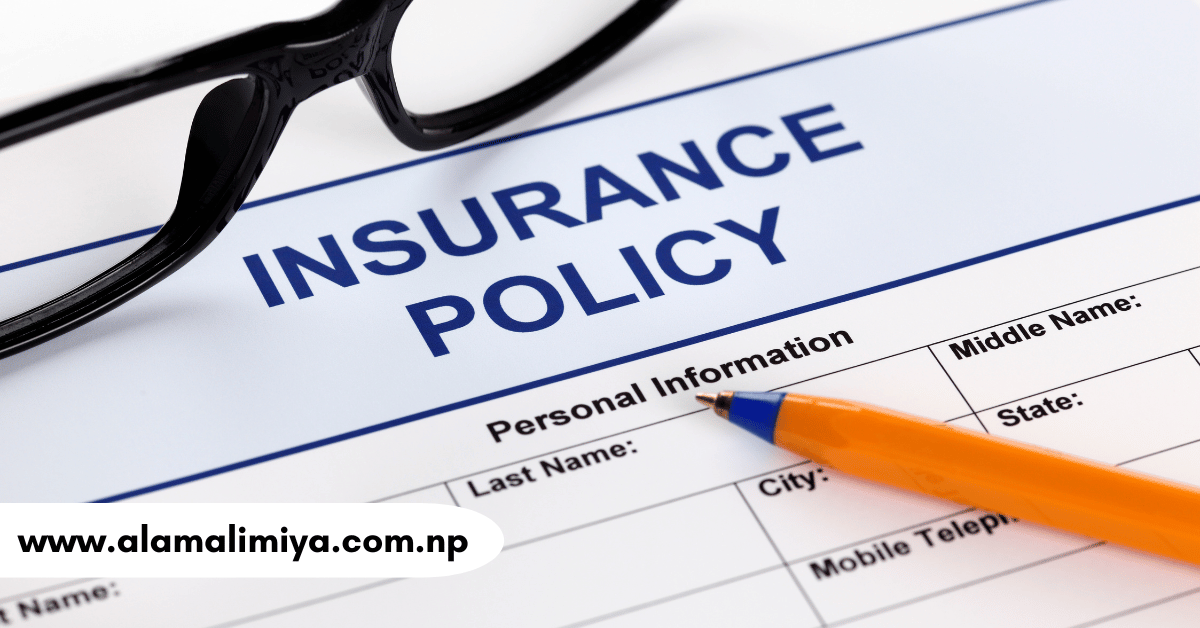What is an Insurance Policy?
An insurance policy is a formal contract between a policyholder and an insurance company that outlines the terms of coverage, rights, obligations, and limitations for both parties. It guarantees financial protection against specific risks—such as accidents, illnesses, theft, natural disasters, or death—in exchange for regular premium payments.
In 2025, understanding your insurance policy is more important than ever due to evolving risks, technological advancements, and increasing personalization of insurance products.
Key Components of an Insurance Policy
Every insurance policy includes several core elements that define the structure and execution of the contract:
1. Declarations Page
This is the summary page of your policy, outlining:
- Policyholder details
- Coverage type and limits
- Policy period
- Premium amount
- Named insureds and beneficiaries
2. Insuring Agreement
This section states what risks the insurer is covering and under what circumstances. It defines:
- Scope of coverage
- Events covered
- Payment obligations
3. Exclusions
Clearly outlines what is not covered by the policy. Common exclusions include:
- Intentional harm
- War or terrorism-related losses
- Pre-existing conditions (in health policies)
- Normal wear and tear (in property policies)
4. Conditions
These are the rules both parties must follow. For the policyholder, this might include:
- Paying premiums on time
- Notifying the insurer promptly after a claim
- Cooperating in investigations
5. Endorsements or Riders
Optional additions or modifications to tailor your coverage. Examples include:
- Flood insurance rider in a homeowners policy
- Accidental death benefit rider in life insurance
- Zero depreciation rider in auto insurance
Types of Insurance Policies in 2025
1. Life Insurance Policies
Provides a death benefit to beneficiaries in the event of the policyholder’s death. Includes:
- Term Life
- Whole Life
- Universal Life
- Variable Life
2. Health Insurance Policies
Covers medical expenses, surgeries, and hospitalization. Subtypes include:
- Individual health coverage
- Family floater
- Critical illness insurance
- Group health plans
3. Auto Insurance Policies
Protects against damage or loss involving a vehicle. Can include:
- Third-party liability
- Comprehensive coverage
- Collision and personal injury protection
4. Homeowners and Renters Insurance
Covers:
- Structural damage
- Personal belongings
- Liability for accidents on the property
5. Travel Insurance
Provides coverage for:
- Trip cancellations
- Medical emergencies abroad
- Lost baggage or passports
6. Business Insurance
Designed for organizations to cover:
- Commercial property
- General liability
- Cyber liability
- Business interruption
7. Pet Insurance
Rising in popularity in 2025, this covers:
- Veterinary care
- Surgery and medication
- Routine wellness checks (in some plans)
How Insurance Policies Work
- Purchase & Agreement
The policyholder selects a suitable plan based on needs and signs the contract. - Premium Payments
The policyholder pays regular premiums (monthly, quarterly, or annually) to keep the policy active. - Coverage Activation
Once active, the policy covers the specified risks during the policy term. - Filing a Claim
If a covered event occurs, the policyholder files a claim with the insurer. - Claim Processing & Settlement
The insurer verifies the event, evaluates the claim, and pays out the benefit if conditions are met.
Benefits of Having an Insurance Policy
- Financial Security: Reduces the economic impact of accidents or emergencies.
- Peace of Mind: Ensures that risks are managed, not feared.
- Legal Compliance: Many policies (e.g., auto liability) are required by law.
- Business Continuity: Keeps operations running after unforeseen losses.
- Customized Protection: Riders and endorsements allow you to tailor coverage.
What to Look for When Choosing an Insurance Policy
- Coverage Scope
Make sure the policy covers the risks most relevant to your situation. - Policy Limits
Ensure the benefit amounts are sufficient for worst-case scenarios. - Premium Affordability
Balance cost with coverage quality—don’t just go for the cheapest option. - Exclusions and Fine Print
Be clear about what isn’t covered to avoid surprises during claims. - Claims Reputation
Choose insurers with fast and fair claim settlement records. - Customer Support and Digital Access
In 2025, insurers with mobile apps, online portals, and 24/7 support have a competitive edge.
Digital Innovations in Insurance Policies (2025 Trends)
- AI-Powered Underwriting: Faster, data-driven risk evaluation
- Blockchain for Claims: Increased transparency and fraud reduction
- Usage-Based Insurance (UBI): Pay-as-you-go models for cars and health
- Embedded Insurance: Policies bundled with products or services at the point of sale
- Personalized Pricing: Premiums tailored using IoT devices and real-time data
Common Insurance Policy Mistakes to Avoid
- Underinsuring: Having insufficient coverage due to low policy limits
- Overinsuring: Paying too much for unnecessary coverage
- Missing Premiums: Lapse in policy leads to lost protection
- Ignoring Policy Reviews: Failing to update policy after life changes (marriage, new home, business growth)
- Not Understanding Exclusions: Leads to denied claims
How to Manage Your Insurance Policy Effectively
- Keep Copies: Store physical and digital copies of your policy
- Review Annually: Re-evaluate coverage each year or after major life events
- Bundle Policies: Combine auto, home, and life to get discounts
- Work with an Agent: Insurance professionals can guide you through options and explain complex terms
Final Thoughts: Your Insurance Policy is Your Financial Shield
An insurance policy is more than just paperwork—it’s a strategic tool to protect your health, assets, income, and loved ones. Whether it’s life, health, auto, or business, the right insurance policy can provide peace of mind, financial protection, and long-term stability.
Read Also: Comprehensive Guide to Life Insurance in 2025



